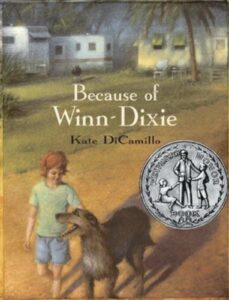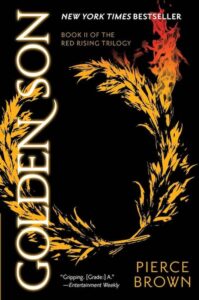Never Let Me Go
Book Author: Kazuo Ishiguro
Summary reviewed by:
Terrence Timmons
Terrence Timmons
Analyst
Bachelor of Arts (BA), University Of California, Santa Barbara 2019
With over 4 years of experience as an analyst. Terrence Timmons is committed to analyzing summaries without compromising on quality.
Never Let Me Go: Summary
Lured by the illusion of an idyllic childhood, 'Never Let Me Go' unravels a story in England's deceptive tranquillity, where picturesque landscapes shroud a dystopian secret.
Our journey starts at Hailsham, a boarding school unremarkable in appearance yet harbours a unique, almost sinister, curriculum. You'll meet the triumvirate - Kathy, Ruth, and Tommy - whose bonds of friendship are entwined with an inexplicable sense of destiny, their lives woven in a tapestry of love, jealousy, and regret. They navigate through adolescence, drawn together and apart, their innocence shadowed by a veiled understanding of their extraordinary purpose.
A purpose imparted through cryptic lessons and disjointed hints, which dawns onto them as they step into 'The Cottages,' their ephemeral sanctuary before the world beckons. As adulthood casts its imposing reality, the fragments of their existence are pieced together, culminating in an agonising understanding of their fated role in society. 'Never Let Me Go' pulls back the curtain on the human condition in a reality not too far from our own, where questions of ethics and morality blur into a mesmerising, heart-rending narrative.
Spoilers (click here to reveal spoilers)


Never Let Me Go
Date Published: April 5, 2005
Support Us: By purchasing through our Amazon link, we earn as an Amazon Associate. Thank you for your support!
Never Let Me Go: Genres
Fiction
Dystopian
Science Fiction
Coming-of-Age
Romance
Never Let Me Go: Main Characters
Kathy H: The compassionate observer, our protagonist, and the story’s moral compass. Values empathy, as shown when she assumes the role of a ‘carer’ for fellow donors.
Ruth: Kathy’s best friend, and sometimes rival, Ruth is complex, charismatic, and manipulative. Ruth’s value for societal acceptance is evident in her pursuit of popular status at Hailsham and the imitation of the veterans’ behaviour at the Cottages.
Tommy: Sensitive and creative, Tommy is the third member of the central trio. He values authenticity, which is demonstrated in his creation of original artwork and his genuine expression of emotions.
Never Let Me Go: Themes
Humanity and Dignity: Explored through the clones’ struggle for identity, exemplified when they discover their purpose as organ donors.
Love and Jealousy: Shown through Kathy and Ruth’s rivalry over Tommy, which is complicated by their deep friendship.
Memory and Loss: As Kathy reflects on her past, she navigates the loss of her friends and the inevitability of her own fate.
Ethics and Morality: Questions are raised about the morality of cloning humans for organ donation, illustrating society’s willingness to exploit certain individuals for the benefit of others.





